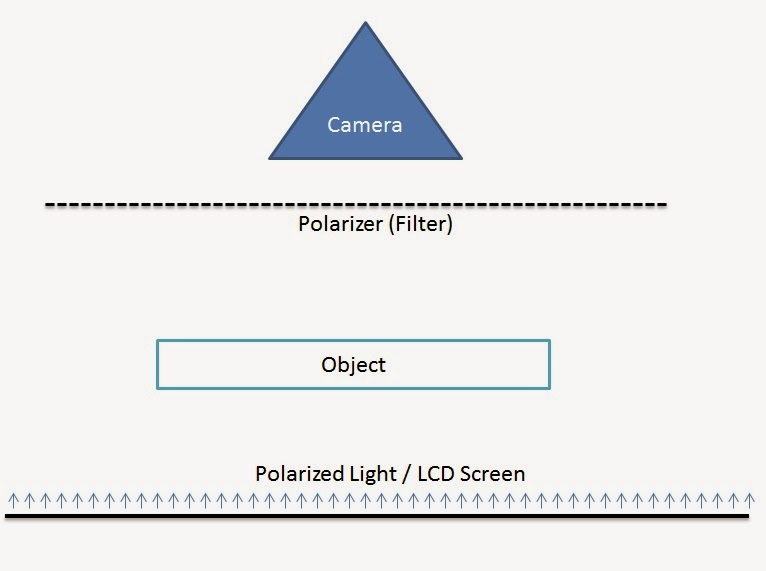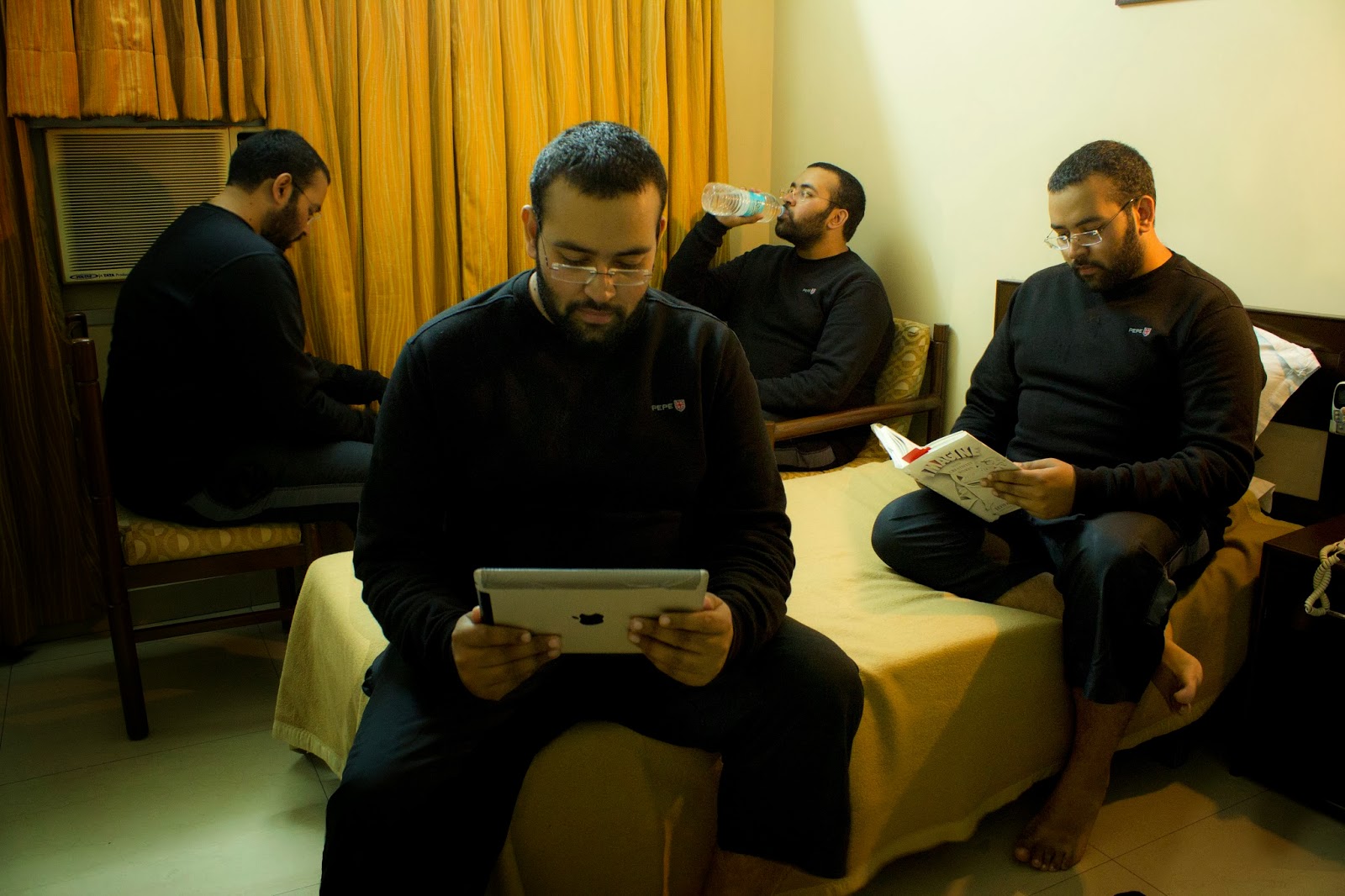Jugaad Security System

I own a book shop in Nainital and I live in a house just behind (attached to) the shop. As you enter my house there is a cupboard that we use to keep any spare cash (Small amounts that would be sent to the bank the next day) we might have form the day's sale. About 4 months back my mother started to notice money disappearing form the cupboard. First time my mum told me about the issue, I brushed it aside thinking it might have been a calculation error from our side. Then the same thing happened again another 2-3 times. This was more than a coincidence so we stopped using the cupboard for the purpose of keeping any sort of cash but we still did not know who was taking the money. We have a few staff members at our place (all of them had been with us for a considerable amount of time - some of whom had been working at our place for more than 20 years). Since the only people who had any access to the cupboard apart form the family were the staff member we suspected that one of them wa...



